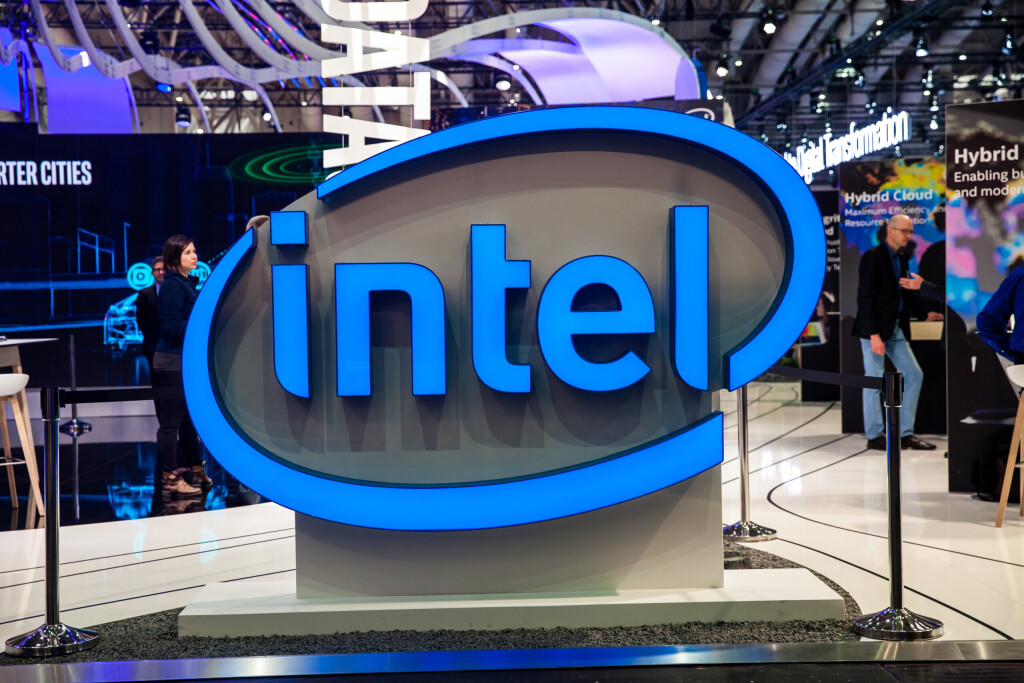Table of contents [Show]
Intel reveals $100 Billion Investment Plan for Chip Manufacturing Expansion in the U.S.
Intel has unveiled a massive $100 billion investment plan spanning four US states with the goal of building and growing its factories that produce silicon chips.
With the aim of obtaining an extra $25 billion in tax advantages, the action follows the acquisition of $19.5 billion in federal grants and loans. The construction of what CEO Pat Gelsinger called "the largest AI chip manufacturing site in the world" outside Columbus, Ohio, is the centerpiece of Intel's ambitious five-year spending plan. Operations are expected to start as early as 2027.
US Government Funds Intel in Semiconductor Push
The US government's commitment to enhancing domestic semiconductor manufacturing capabilities is demonstrated by the federal subsidies it provided to Intel under the CHIPS Act.
Along with expanding operations in Arizona, where competitor Taiwan Semiconductor Manufacturing Co (TSMC) is also growing its footprint with assistance from President Joe Biden's semiconductor manufacturing initiative, Intel's investment strategy also entails modernizing facilities in New Mexico and Oregon.
Biden's Chip Initiative to Boost Intel's Competitiveness
It is anticipated that the funding influx from the Biden administration's larger attempt to revitalize chip production will greatly increase Intel's competitiveness. Intel has long been a pioneer in the production of semiconductors, putting its earnings back into R&D to preserve its position as the industry leader in technology.
But the business has had difficulties recently, losing territory to rivals like TSMC and seeing a decline in profit margins.
Intel's Strategic Plan and Government Support: A $100 Billion Spending Spree
Gelsinger has stressed the significance of government backing in carrying out the strategy profitably. Gelsinger outlined a strategic plan in 2021 to recover Intel's top position. With federal funding secured, Intel is ready to go on a massive spending binge, allocating around 30% of the $100 billion for building costs, including labor and infrastructure.
As part of its investment plan, Intel also plans to buy state-of-the-art chip manufacturing equipment from top suppliers, including Tokyo Electron, ASML, Applied Materials, and KLA.
The completion of the Ohio facility by 2027 or 2028 depends on these investments, while Gelsinger issued a warning that the timing may change depending on the state of the market.
According to industry observers, Intel will need to establish itself as a strong contender in the foundry market for advanced chips over the course of three to five years. They do point out that more funding will be needed if Intel is to overtake TSMC, which is anticipated to hold onto its top spot for the foreseeable future.
Gelsinger has emphasized the need for ongoing government assistance to guarantee that the US stays a leader in semiconductor production. Intel is under pressure to prove its competitiveness against foreign rivals, especially in Taiwan and South Korea, even with the support of federal efforts.
Nevertheless, with its large workforce, advanced technological skills, and internal supply chain, Intel continues to be extremely important to US interests. As rivals like Samsung and TSMC increase their footprint in the US, it is thought that Intel's sustained dominance in the semiconductor business is essential to the survival of the country's thriving technological sector.









